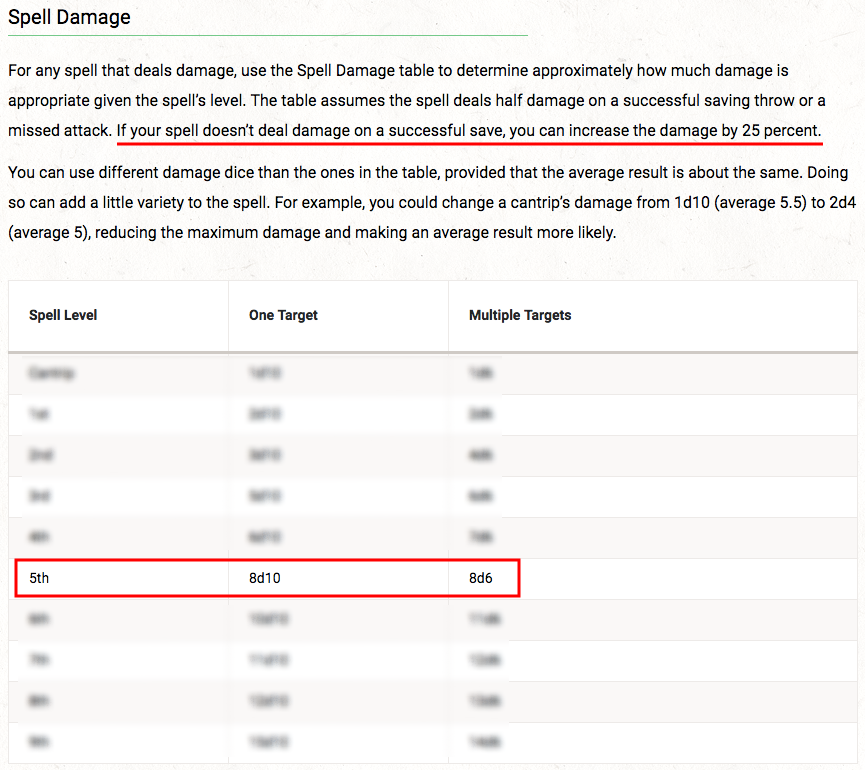5E Calculate Damage - How Do I Calculate The Chance To Hit A Given Ac Role Playing Games Stack Exchange / Our attacker averages 9.08 damage per swing so his average damage per swing is reduced by 6.8% to 8.46 before making any attempt to account for overkill, not using gwm was.67 points behind.
5E Calculate Damage - How Do I Calculate The Chance To Hit A Given Ac Role Playing Games Stack Exchange / Our attacker averages 9.08 damage per swing so his average damage per swing is reduced by 6.8% to 8.46 before making any attempt to account for overkill, not using gwm was.67 points behind.. In dungeons & dragons 5th edition, saving throws changed from being based on 3 ability scores, to being based on all of them. Magic weapons, special abilities, and other factors can grant a bonus to damage. If you're just starting out, it can be easy to get lost in the details of combat. 48th 100% select the calculator's mode of function. You roll the damage die or dice, add any modifiers, and apply the damage to your target.
149 of the player's handbook. Rby gsc adv dpp b/w x/y s/m s/s select the output notation. For example, a cleric with a maximum of 12 hit points currently has 6 hit points. Dungeons and dragons 5th edition hp calculator. You can also use this form to see how many monsters in a mob save against an effect.

Now he is only 0.13 points behind.
See page 250 of the dungeon master's guide for details. If she takes 18 damage from an attack, she is reduced to 0 hit points, but 12 damage remains. Therefore, strength will be 18. Hit points using average result: D&d 5e mob damage calculator. And, if it's met, well… Back to main page → 5e system reference document → exploration and environment open game content (place problems on the discussion page). How to calculate fall damage 5e. But… ac can be kinda hard to understand sometimes. I know this is a very basic. Hover over weapon ingame and press crtl + c to copy weapon info, using ctrl + v paste that info in text area below and press calculate button. A few generalities apply if you're discussing weapon attacks, though: With a penalty, it is possible to deal 0.
When damage reduces you to 0 hit points and there is damage remaining, you die if the remaining damage equals or exceeds your hit point maximum. Trying to smudge every single build of fighter for example together to get a class average would be messy though. There are a lot of different things that can affect your character's ac. For dice with sequential number distribution you just average the minimum and maximum values. How to calculate fall damage 5e.

Tough feat hill dwarf draconic sorcerer.
A frail level 2 cleric or mage might die after being struck by lightning. Unfixed changeling as it can no longer give +3 charisma with the latest errata. So in your case, 4d6+5 = 3.5+3.5+3.5+3.5+5 = 19. Trying to smudge every single build of fighter for example together to get a class average would be messy though. This divine smite has two flavors. Here is a checklist that might help. Combat is one of the 3 pillars of play in fifth edition. Your ac is attacked any time a weapon is swung, a laser is casted, or a dart trap is triggered. Our attacker averages 9.08 damage per swing so his average damage per swing is reduced by 6.8% to 8.46 before making any attempt to account for overkill, not using gwm was.67 points behind. When you take damage from a single source that equals your hit point maximum after your current hp hits 0, your character dies. For example, a cleric with a maximum of 12 hit points currently has 6 hit points. A fall from a great height is one of the most common hazards facing an adventurer. The burly level 15 barbarian?
How to calculate fall damage 5e. You roll the damage die or dice, add any modifiers, and apply the damage to your target. I know this is a very basic question, but noone seems to be 100% sure about this, both my dm and his dm seems uncertain of this. Each point of ac means an attacker must roll 1 higher to deal damage to you. A fall from a great height is one of the most common hazards facing an adventurer.

Mathematical analysis of damage per round in dnd 5e.
In a game where one point of damage is the difference between getting a turn and lying on the ground dying, dealing a few more points of damage is important. I will be using a great sword was the weapon of choice. Tough feat hill dwarf draconic sorcerer. A fall from a great height is one of the most common hazards facing an adventurer. When you take damage from a single source that equals your hit point maximum after your current hp hits 0, your character dies. Second is improved divine smite where all attacks do an extra d8 damage. And, if it's met, well… Spells and traps can target your strength, dexterity, constitution, intelligence, wisdom, or charisma saves. A few generalities apply if you're discussing weapon attacks, though: I know this is a very basic question, but noone seems to be 100% sure about this, both my dm and his dm seems uncertain of this. Armor class is the most targeted defensive statistic in 5e. As before here are the assumptions, i will be using to calculate damage. New players sometimes struggle with this and even experienced players can sometimes get it wrong.
Komentar
Posting Komentar